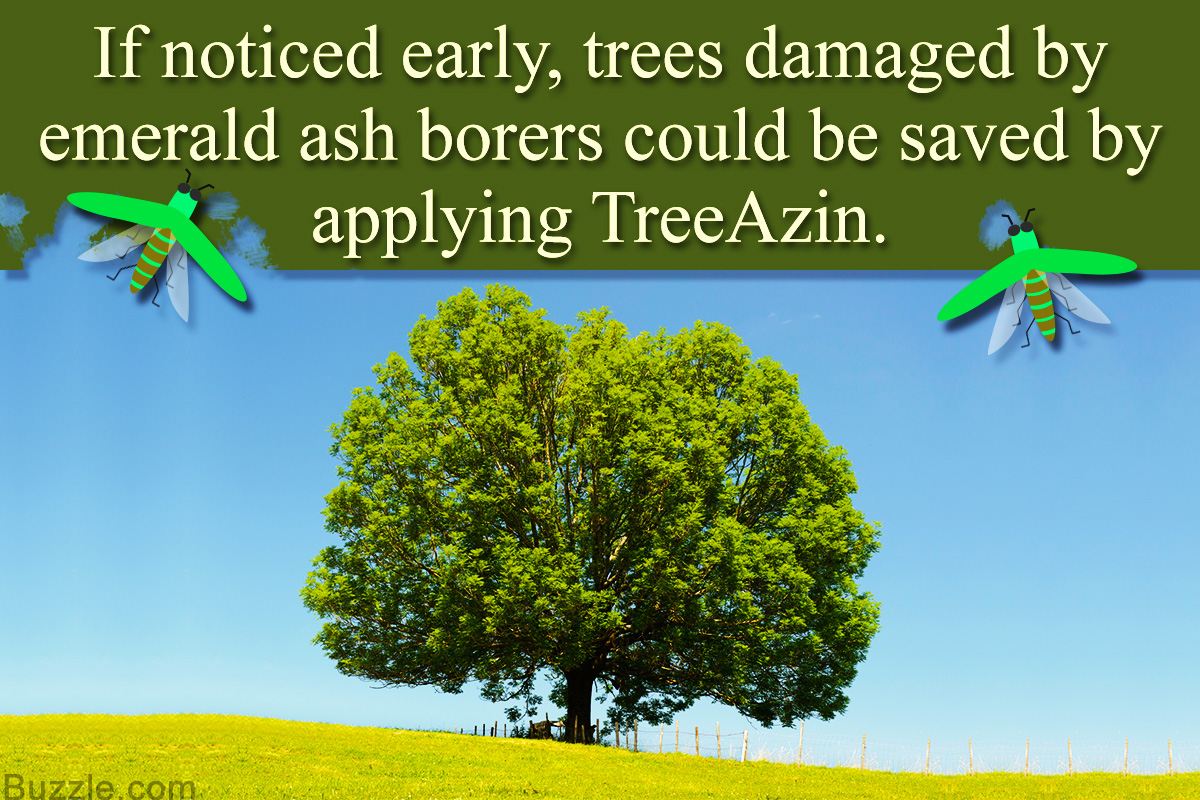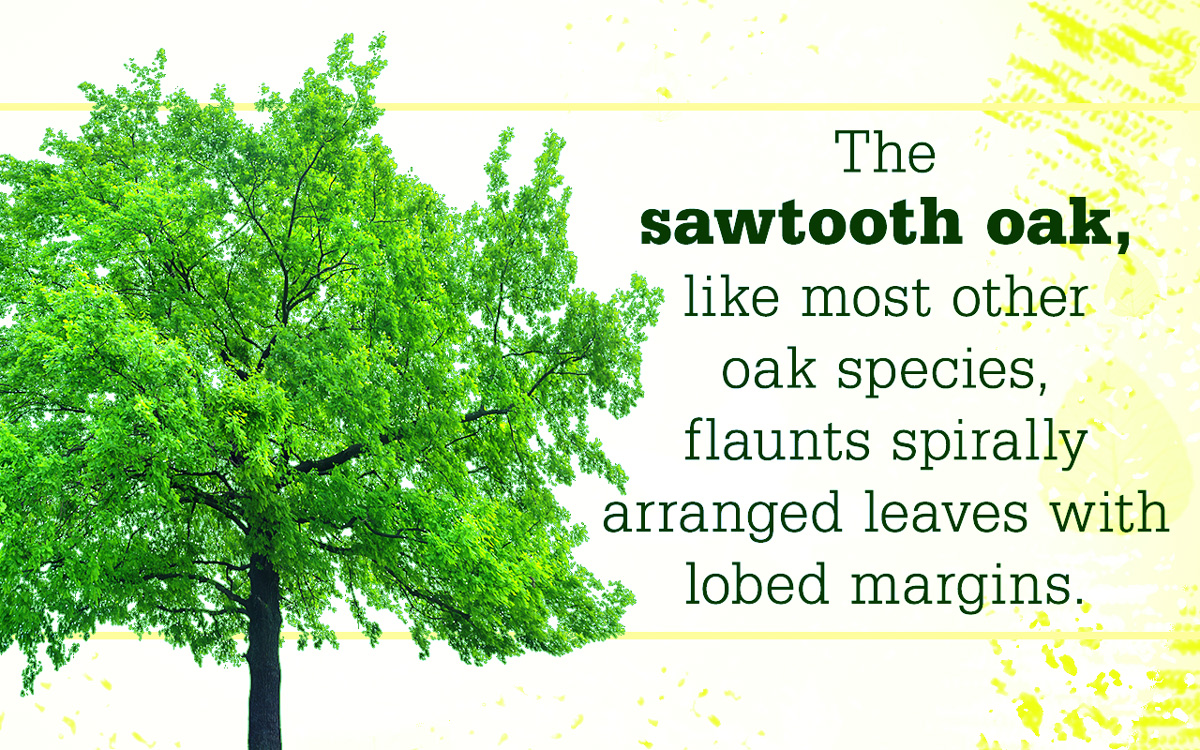This is what it looks like when the Providence Forge Gage is showing 12' 6".
Photos from (180 dramatic weather photos from the RTD archives. (2018, August 08). Retrieved from https://www.richmond.com/weather/dramatic-weather-photos-from-the-rtd-archives/collection_d1fe524c-9b15-11e8-bce7-2395eaa05012.html#1)
Cost of Virginia Flooding
This blog is created to create a learning environment for myself or anyone else wanting to discover more about the Chickahominy Watershed.
Sunday, September 30, 2018
Floods of the Chicahominy Watershed
 |
| https://water.weather.gov/ahps2/hydrograph.php?wfo=akq&gage=ckhv2 |
Thursday, September 27, 2018
Special Characteristics and Features
This watershed was named after Native Americans which can still be found throughout the Chickahominy Watershed. The word Chickahominy means "course pounded corn people" (VA DEQ, n.d.). This tribe of Native Americans are also credited with the capture of CPT John Smith. After his capture CPT Smith was turned over to Chief Powhatan, whose daughter then begged for his life to be spared (VA DEQ, n.d.). The rest is history, with the survival of the early settlers depending on this lasting relationship.
The Chickahominy Watershed is facing many of the same problems as other watersheds. Growth of urban areas are spreading into the previously rural areas, such as Mechanicsville, in Hanover County. The urbanization of areas such as this is causing an increase in pollutants from runoff. Urbanization and the population is also causing an additional strain by an increase in water usage.
The watershed winds through extensive wetlands that includes cypress swamps before turning into the Chickahominy Lake (VA DEQ, n.d.). Chickahominy Lake is a man made lake impounded by Walker's Dam in order to provide drinking water to the Newport News population.
Once the water flows from the upper one-third area it then relaxes as it makes it way through the bottom two-thirds where there is less development. The surrounding areas of the lower two-thirds that is predominantly covered in forest.
As the water leaves Walker's Dam the river becomes tidal (VA, DEQ, n.d.) as it flows through thousands of acres of marsh before joining the James River.
VA DEQ. (n.d.). Chickahominy River Watershed-1. Retrieved September 18, 2018, from https://www.deq.virginia.gov/Portals/0/DEQ/ConnectWithDEQ/EnvironmentalInformation/VirginiaNaturally/k12ed/FactSheets.pdf
The Chickahominy Watershed is facing many of the same problems as other watersheds. Growth of urban areas are spreading into the previously rural areas, such as Mechanicsville, in Hanover County. The urbanization of areas such as this is causing an increase in pollutants from runoff. Urbanization and the population is also causing an additional strain by an increase in water usage.
The watershed winds through extensive wetlands that includes cypress swamps before turning into the Chickahominy Lake (VA DEQ, n.d.). Chickahominy Lake is a man made lake impounded by Walker's Dam in order to provide drinking water to the Newport News population.
Once the water flows from the upper one-third area it then relaxes as it makes it way through the bottom two-thirds where there is less development. The surrounding areas of the lower two-thirds that is predominantly covered in forest.
As the water leaves Walker's Dam the river becomes tidal (VA, DEQ, n.d.) as it flows through thousands of acres of marsh before joining the James River.
VA DEQ. (n.d.). Chickahominy River Watershed-1. Retrieved September 18, 2018, from https://www.deq.virginia.gov/Portals/0/DEQ/ConnectWithDEQ/EnvironmentalInformation/VirginiaNaturally/k12ed/FactSheets.pdf
Saturday, September 22, 2018
Dendrology
Dendrology
Dendrology: "also called forest dendrology or xylology, study of the characteristics of trees, shrubs, lianas, and other woody plants" Link
According to Virginia Tech's Dendrology data base there are 244 different species of woody plants in the Chickahominy River Watershed.
Some of the more prominent species include more than 6 species of Maple that include the Florida Maple, Boxelder Maple, Red and Silver Maple, Norway Maple* and the Sycamore Maple*.
*Non-Native
https://gardenerdy.com/how-to-grow-sawtooth-oak-trees
Some of the more prominent species include more than 6 species of Maple that include the Florida Maple, Boxelder Maple, Red and Silver Maple, Norway Maple* and the Sycamore Maple*.
*Non-Native
 |
| https://gardenerdy.com/red-maple-tree-facts
The watershed also contains multiple species of Hickory that includes the Water, Bitternut, Pignut, Pecan, Red, Sand, and Mockernut Hickory.

https://gardenerdy.com/hickory-tree-identification
There are also two species of the Dogwood, the Silky and the Flowering (the official tree/flower of the State of Virginia.

https://gardenerdy.com/white-flowering-trees
Another species located within the watershed is the Ash which includes the White, Carolina, Pumpkin, Green and the European Ash*.
*Non-Native

https://gardenerdy.com/what-to-do-if-ash-trees-are-infested-with-emerald-ash-borer
Another tree, with many uses, located within the watershed is the Black Walnut.

https://draxe.com/black-walnut/
Another popular tree with a popular scent are the Pine Trees. There are several species of pines that includes the Shortleaf, Pond, Loblolly, and the Virginia Pine.
https://gardenerdy.com/how-fast-do-pine-trees-grow

https://gardenerdy.com/how-fast-do-pine-trees-grow
Another very numerous tree with many subspecies is the Oak. Some of the subspecies that can be found are the Sawtooth, White, Swamp White, Scarlet, Southern Red, Bluejack, Laurel, Overcup, Sand Post, Blackjack, Swamp Chestnut, Chinkapin, Water, Pin, Willow, Northern Red, Shumard, Post and Black Oak,
 |
The Elm Tree is another species located in the watershed. Some of the subspecies include the Winged, American, Chinese*, Field*, Siberian* and Slippery*.

http://www.cityoforlando.net/trees/streettrees/
Sunday, September 16, 2018
Tributaries
Some of the tributaries include Crumps Swamp, Allens Run, Schiminoe Creek, Jones Run, Stony Run, Collins Run, Dockman Swamp, Tonyham Swamp, Browns Creek, Little Creek, Shipyard Creek, Yarmouth Creek, Parsons Creek and many other smaller unnamed waters.
Some Characteristics
The total area of the Chickahominy River Watershed is about 179 407.8 square miles or about 261,000 acres. Starting just northwest of Quinton Richmond, Va the watershed empties into the James River. The highest point of elevation I could find is around the Quinton area with an elevation of 152 feet above sea level. Where the watershed empties into the James River the elevation is about 5 feet below sea level. The watershed contains multiple bodies of water that include the Chickahominy River, the Little Creek Reservoir, the Diascund Creek Reservoir, Old Forge Pond, Kent Lake, the Toe Ink Swamp and Tom Brooks Lake. The map I originally drew did not encompass the entire watershed. Updated information from: https://www.deq.virginia.gov/Portals/0/DEQ/ConnectWithDEQ/EnvironmentalInformation/VirginiaNaturally/k12ed/FactSheets.pdf shows a much larger watershed than I had drawn.
 |
| Old Forge Pond |
Subscribe to:
Comments (Atom)
Alluvial Soils
(n.d.). Retrieved from https://ngmdb.usgs.gov/ngm-bin/pdp/zui_viewer.pl?id=13063 (n.d.). Retrieved from https://ngmdb.usgs.gov/ngm-bi...

-
https://water.weather.gov/ahps2/hydrograph.php?wfo=akq&gage=ckhv2 As indicated by the chart above the current water levels are at ab...
-
The total area of the Chickahominy River Watershed is about 179 407.8 square miles or about 261,000 acres . Starting just northwest of Qu...
-
This watershed was named after Native Americans which can still be found throughout the Chickahominy Watershed. The word Chickahominy means ...











